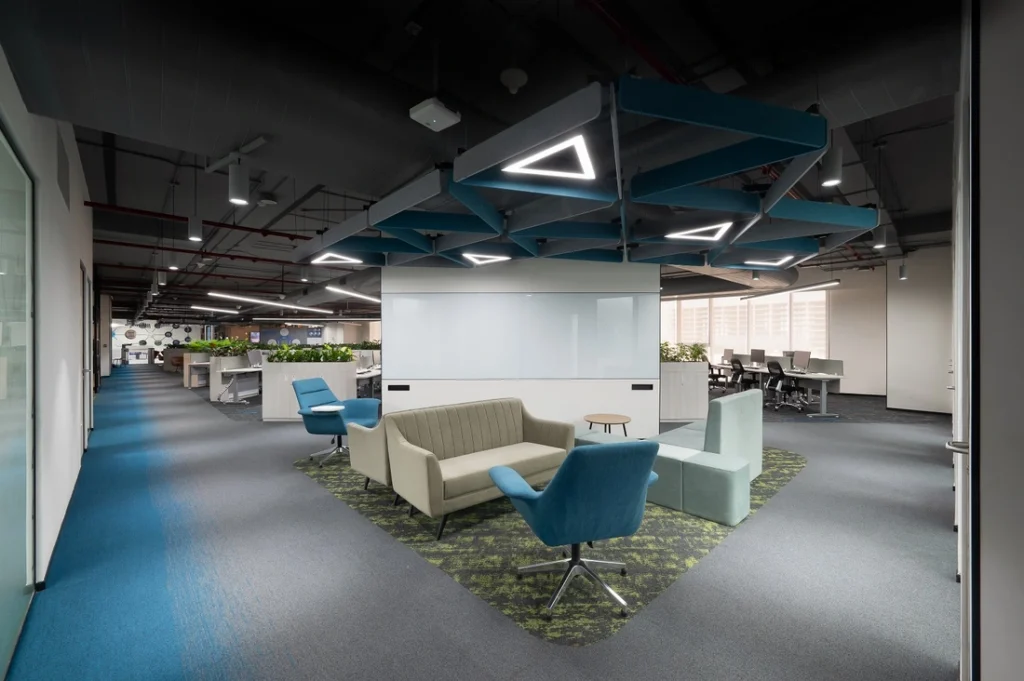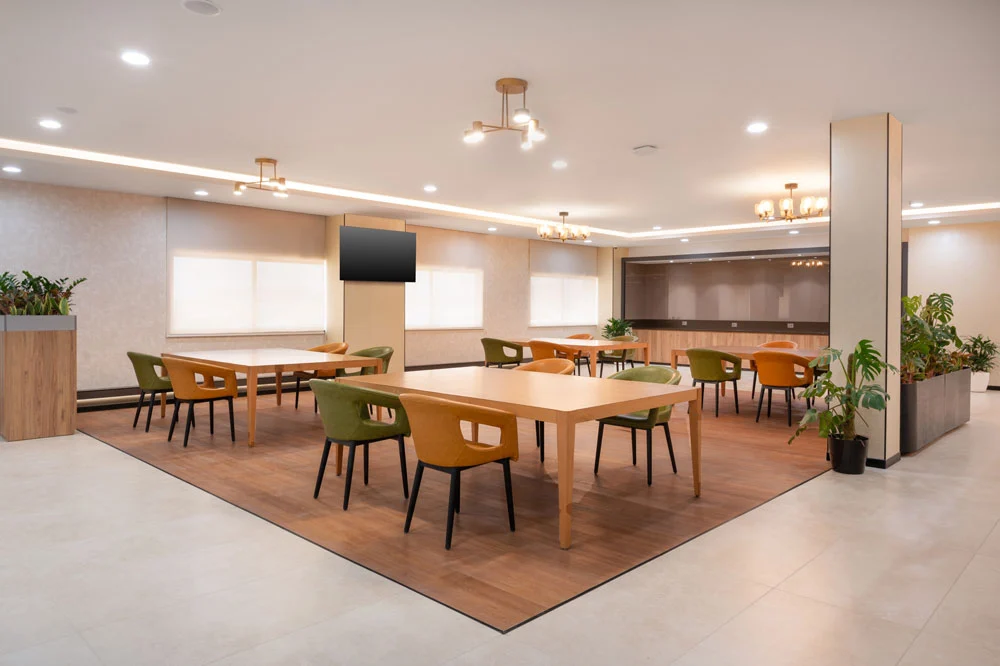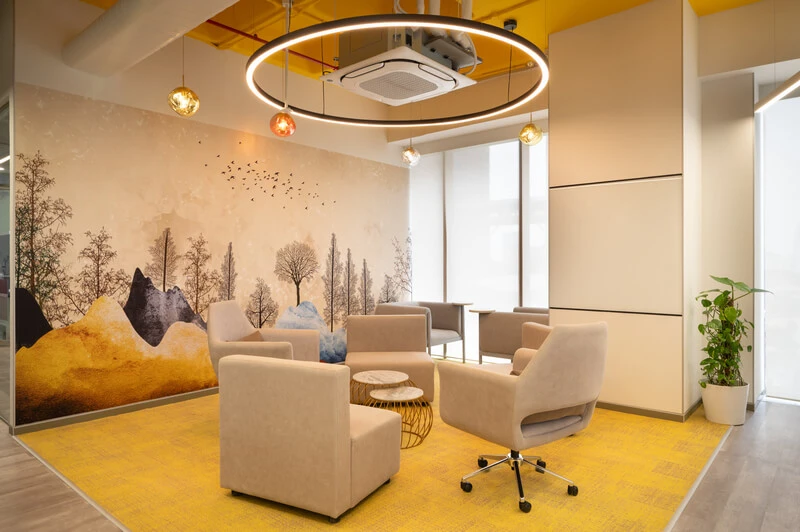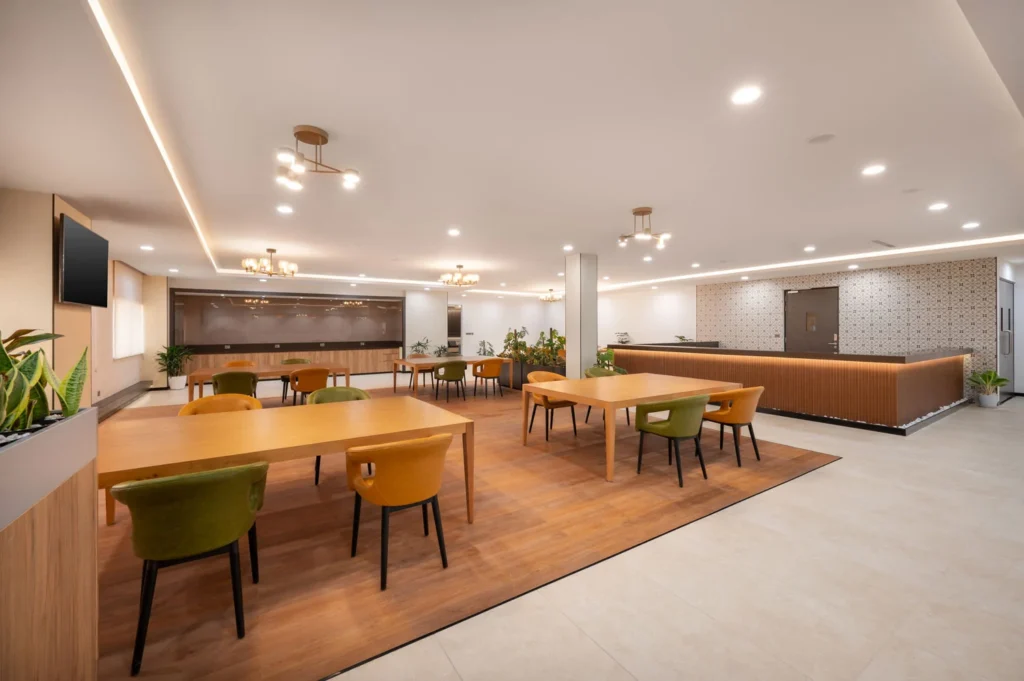In today’s multigenerational workforce—from Baby Boomers to Gen Z—effective cross-generational collaboration in workplace is critical for innovation and success. Each generation offers unique perspectives, skills, and experiences, making intergenerational learning environments truly powerful.
At Acorp, we foster this collaboration through reverse mentoring, a modern approach where younger employees mentor their more experienced counterparts. This not only bridges generational gaps but also enriches knowledge sharing.
Designing spaces for such meaningful moments means embracing reverse mentoring workspace design and office design for reverse mentoring. Thoughtfully crafted layouts can make all the difference.



Key Principles for Reverse Mentoring Workspace Design
1. Flexible Spaces
Adaptable work areas—ranging from open-plan zones to quiet pockets—support diverse preferences. This flexibility is essential in designing workspaces for intergenerational teams. The ideal layout accommodates mixed needs for mentorship, focused work, and group sessions (flexible workspace for reverse mentoring).
2. Technology Integration
Equip meeting areas with interactive displays, digital whiteboards, and video conferencing tools. These modern elements make communication seamless and support workspace design reverse mentoring by enabling effortless knowledge exchange.
3. Comfort and Accessibility
Design with empathy in mind—ergonomic furniture, adjustable lighting, and inclusive layouts support employees of all ages and abilities. This is central to inclusive workplace design and helps bridge generational barriers.
4. Informal Mentoring Zones
Create cozy lounge corners, café-style nooks, or relaxed seating areas to encourage organic mentor-mentee conversations. These informal mentoring environments at work are perfect for nurturing trust, collaboration, and cross-generational learning.
5. Shared Learning Experiences
Hold structured sessions like workshops, peer-to-peer learning circles, or informal lunch-and-learns. These events thrive in designs crafted with generational diversity in office design in mind—spaces that foster interaction, inspiration, and knowledge exchange.
Conclusion
By embracing reverse mentoring office layout and space design that supports cross-generational collaboration, organizations unlock a profound exchange of wisdom and innovation. With thoughtful, modern office design solutions, teams of all ages can learn, grow, and thrive together—powered by design.

